Cloudflare Doubling Size of 2020 Summer Intern Class
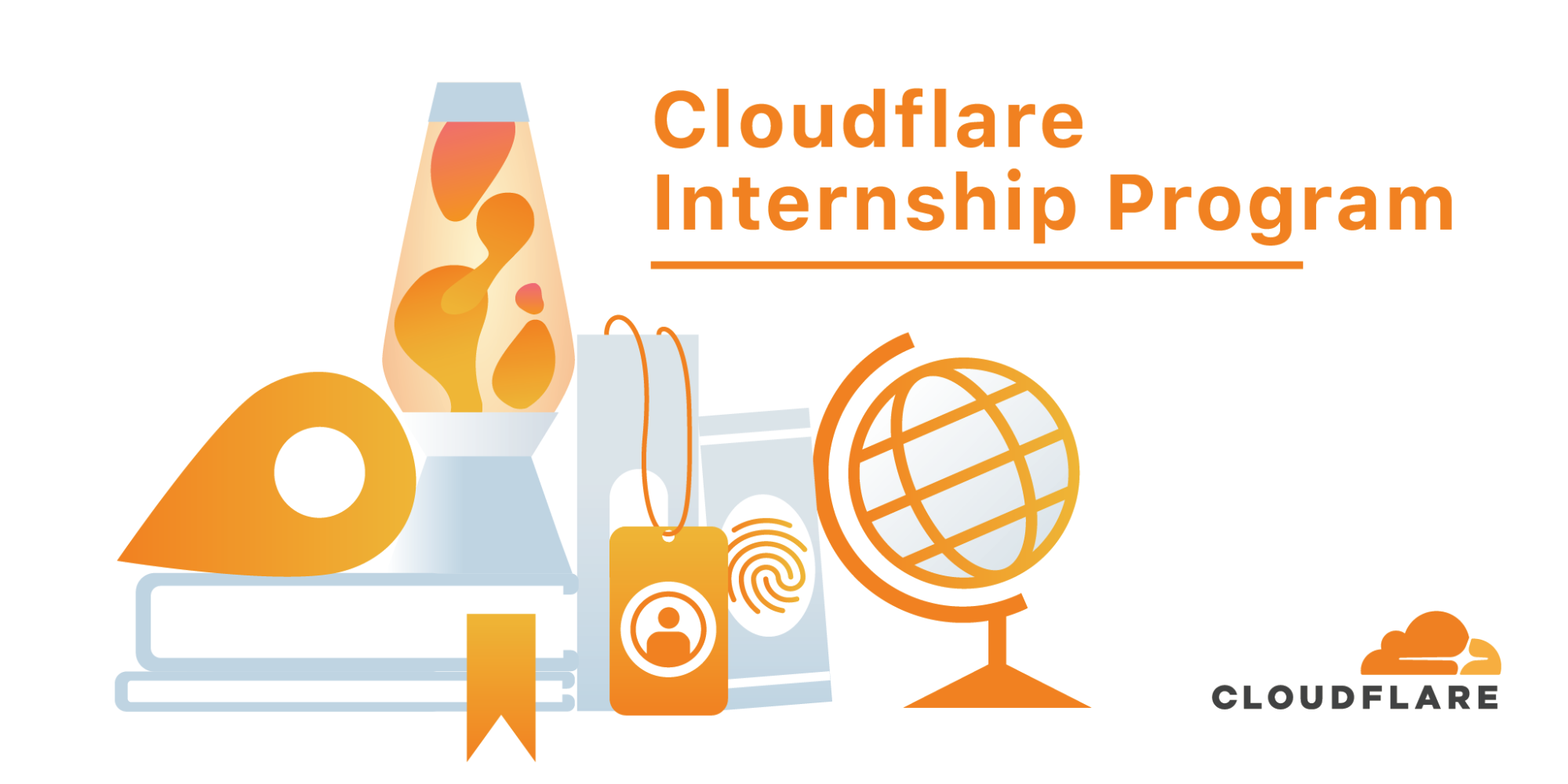

We are living through extraordinary times. Around the world, the Coronavirus has caused disruptions to nearly everyone's work and personal lives. It's been especially hard to watch as friends and colleagues outside Cloudflare are losing jobs and businesses struggle through this crisis.
We have been extremely fortunate at Cloudflare. The super heroes of this crisis are clearly the medical professionals at the front lines saving people's lives and the scientists searching for a cure. But the faithful sidekick that's helping us get through this crisis — still connected to our friends, loved ones, and, for those of us fortunate enough to be able to continue work from home, our jobs — is the Internet. As we all need it more than ever, we're proud of our role in helping ensure that the Internet continues to work securely and reliably for all our customers.
We plan to invest through this crisis. We are continuing to hire across all teams at Cloudflare and do not foresee any need for layoffs. I appreciate the flexibility of our team and new hires to adapt what was our well-oiled, in-person orientation process to something virtual we're continuing to refine weekly as new people join us.
Continue reading
The Mistake that Caused 1.1.1.3 to Block LGBTQIA+ Sites Today
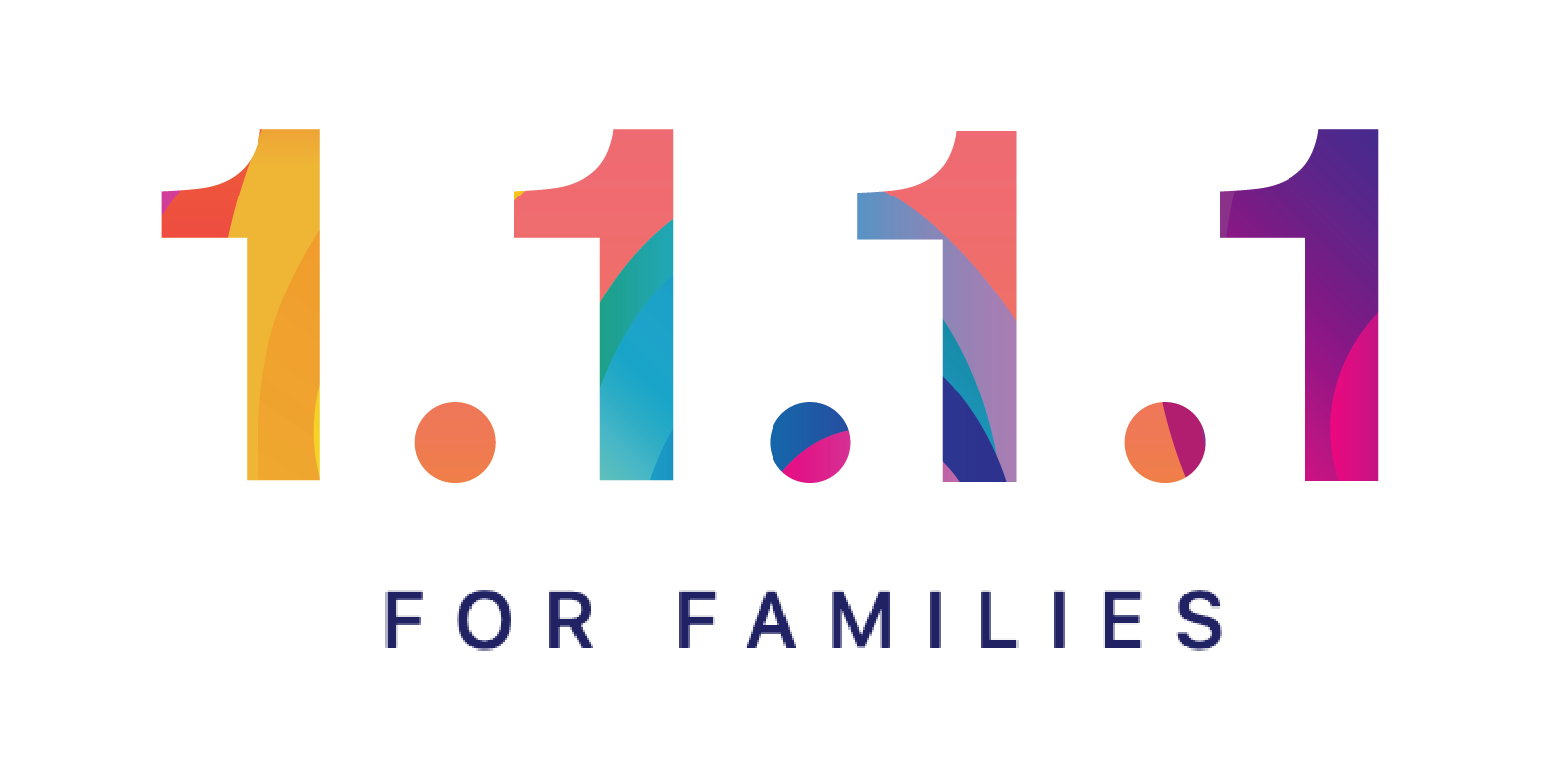
Today we made a mistake. The mistake caused a number of LGBTQIA+ sites to inadvertently be blocked by the new 1.1.1.1 for Families service. I wanted to walk through what happened, why, and what we've done to fix it.
As is our tradition for the last three years, we roll out new products for the general public that uses the Internet on April 1. This year, one of those products was a filtered DNS service, 1.1.1.1 for Families. The service allows anyone who chooses to use it to restrict certain categories of sites.
Filtered vs Unfiltered DNS
Nothing about our new filtered DNS service changes the unfiltered nature of our original 1.1.1.1 service. However, we recognized that some people want a way to control what content is in their home. For instance, I block social media sites from resolving while I am trying to get work done because it makes me more productive. The number one request from users of 1.1.1.1 was that we create a version of the service for home use to block certain categories of sites. And so, earlier today, we launched 1.1.1. Continue reading
Announcing the Beta for WARP for macOS and Windows
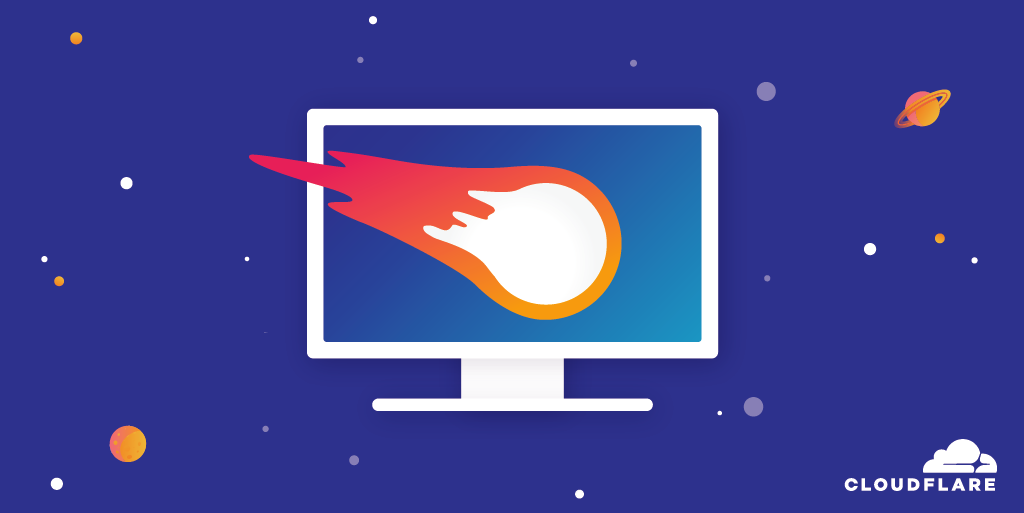
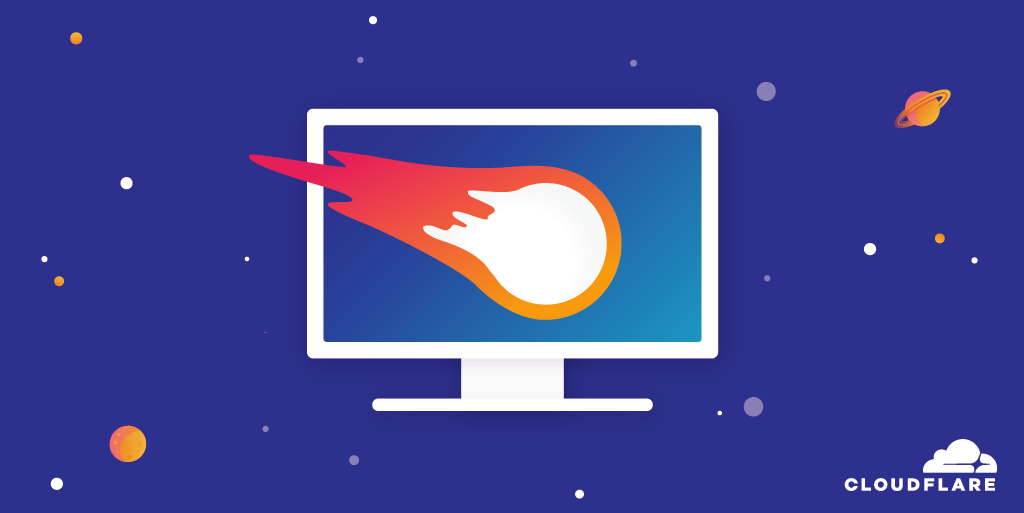
Last April 1 we announced WARP — an option within the 1.1.1.1 iOS and Android app to secure and speed up Internet connections. Today, millions of users have secured their mobile Internet connections with WARP.
While WARP started as an option within the 1.1.1.1 app, it's really a technology that can benefit any device connected to the Internet. In fact, one of the most common requests we've gotten over the last year is support for WARP for macOS and Windows. Today we're announcing exactly that: the start of the WARP beta for macOS and Windows.
What's The Same: Fast, Secure, and Free
We always wanted to build a WARP client for macOS and Windows. We started with mobile because it was the hardest challenge. And it turned out to be a lot harder than we anticipated. While we announced the beta of 1.1.1.1 with WARP on April 1, 2019 it took us until late September before we were able to open it up to general availability. We don't expect the wait for macOS and Windows WARP to be nearly as long.
The WARP client for macOS and Windows relies on the Continue reading
Introducing 1.1.1.1 for Families

Two years ago today we announced 1.1.1.1, a secure, fast, privacy-first DNS resolver free for anyone to use. In those two years, 1.1.1.1 has grown beyond our wildest imagination. Today, we process more than 200 billion DNS requests per day making us the second largest public DNS resolver in the world behind only Google.

Yesterday, we announced the results of the 1.1.1.1 privacy examination. Cloudflare's business has never involved selling user data or targeted advertising, so it was easy for us to commit to strong privacy protections for 1.1.1.1. We've also led the way supporting encrypted DNS technologies including DNS over TLS and DNS over HTTPS. It is long past time to stop transmitting DNS in plaintext and we're excited that we see more and more encrypted DNS traffic every day.
1.1.1.1 for Families
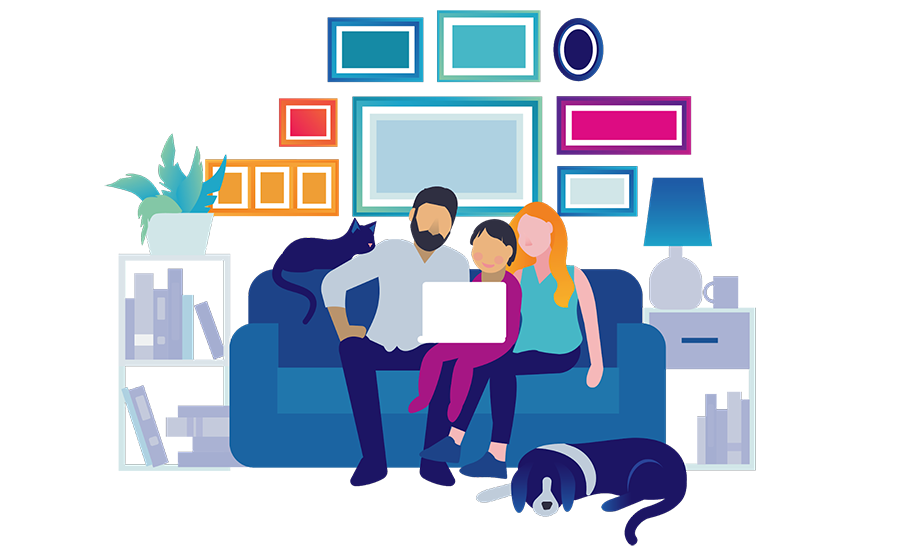
Since launching 1.1.1.1, the number one request we have received is to provide a version of the product that automatically filters out bad sites. While 1.1.1.1 can safeguard user privacy and optimize efficiency, it is designed for direct, fast DNS resolution, not for blocking or Continue reading
Cloudflare now supports security keys with Web Authentication (WebAuthn)!
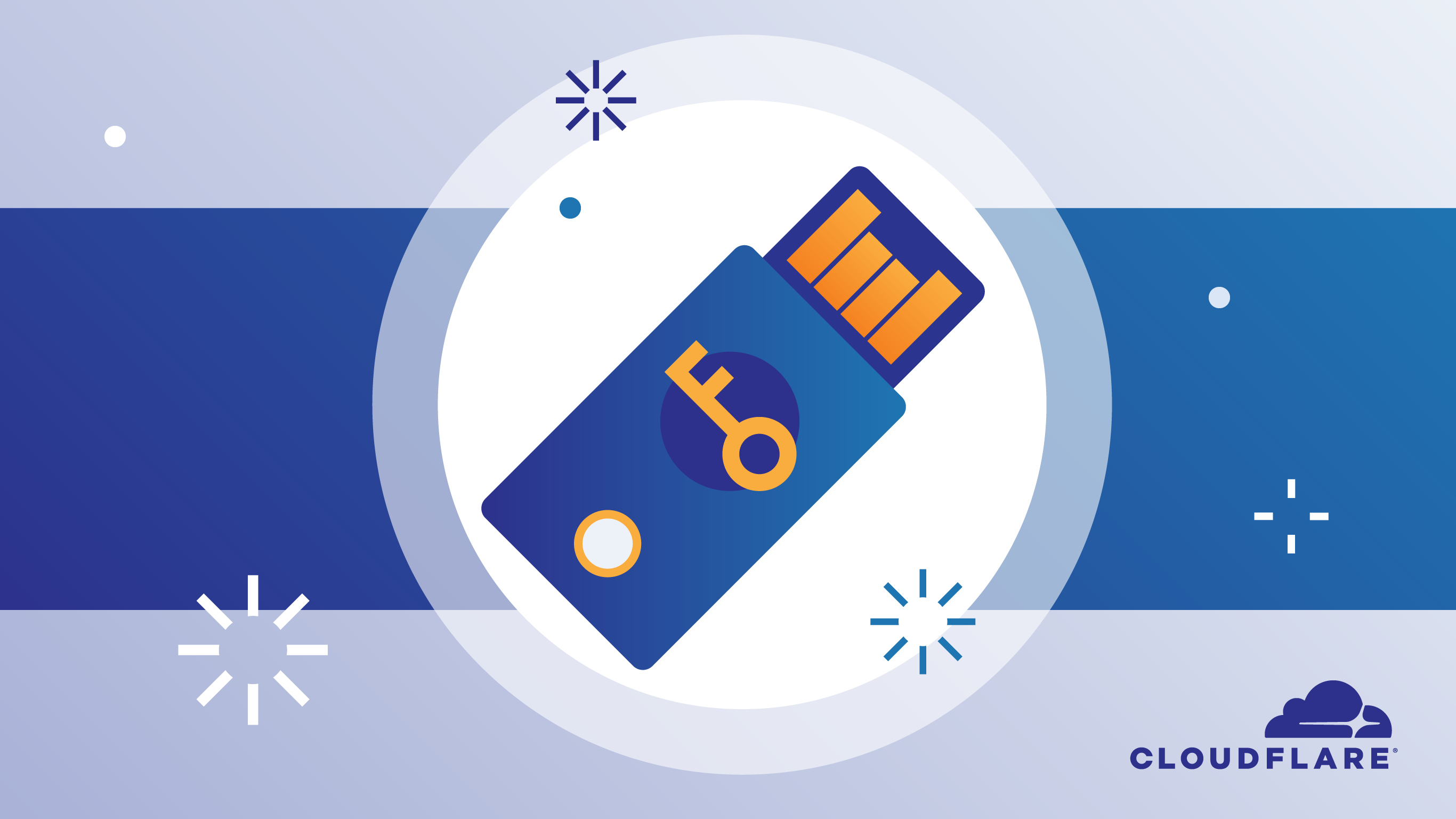

We’re excited to announce that Cloudflare now supports security keys as a two factor authentication (2FA) method for all users. Cloudflare customers now have the ability to use security keys on WebAuthn-supported browsers to log into their user accounts. We strongly suggest users configure multiple security keys and 2FA methods on their account in order to access their apps from various devices and browsers. If you want to get started with security keys, visit your account's 2FA settings.
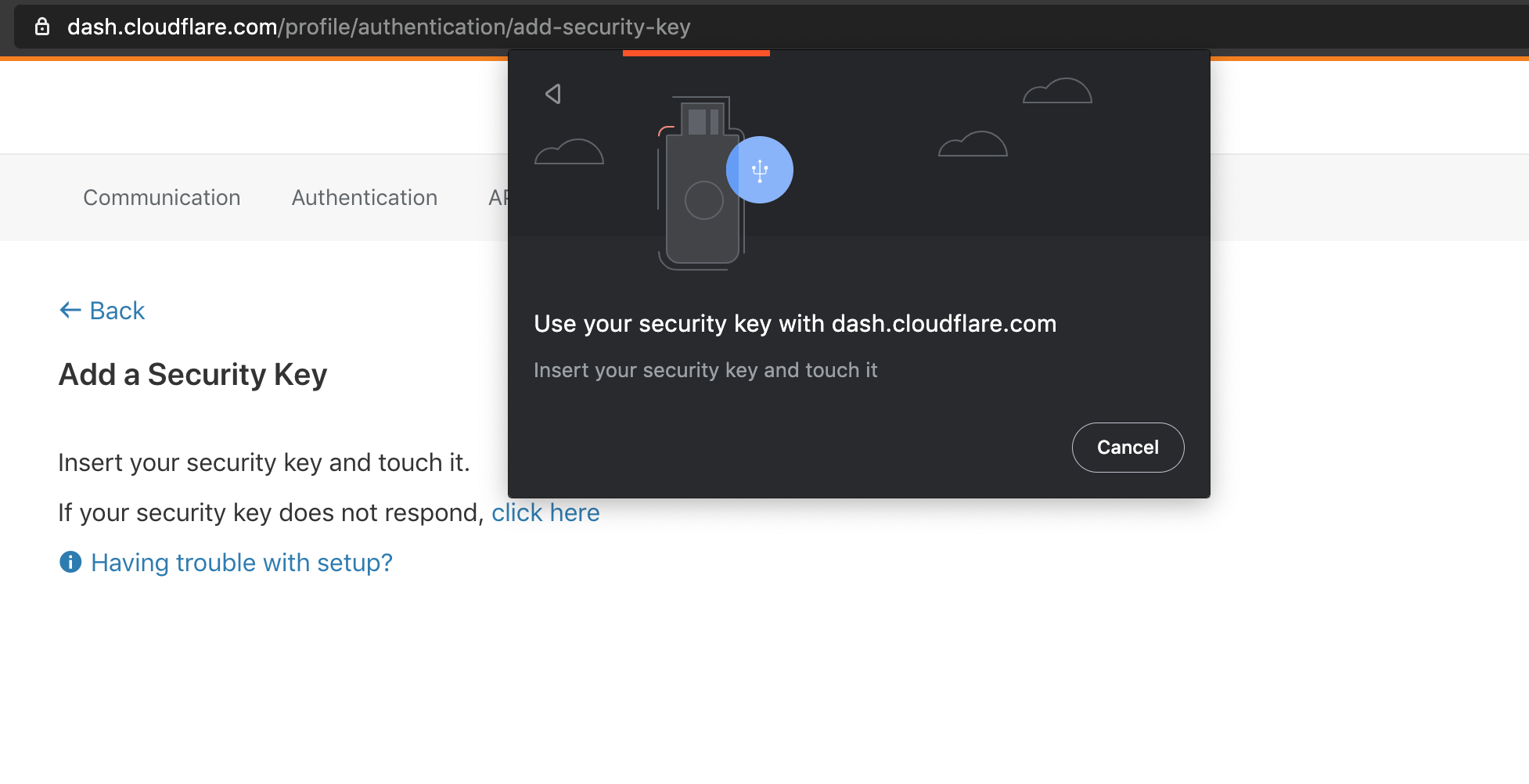
What is WebAuthn?
WebAuthn is a standardized protocol for authentication online using public key cryptography. It is part of the FIDO2 Project and is backwards compatible with FIDO U2F. Depending on your device and browser, you can use hardware security keys (like YubiKeys) or built-in biometric support (like Apple Touch ID) to authenticate to your Cloudflare user account as a second factor. WebAuthn support is rapidly increasing among browsers and devices, and we’re proud to join the growing list of services that offer this feature.
To use WebAuthn, a user registers their security key, or “authenticator”, to a supporting application, or “relying party” (in this case Cloudflare). The authenticator then generates and securely stores a public/private keypair on the device. The keypair Continue reading
Announcing the Results of the 1.1.1.1 Public DNS Resolver Privacy Examination
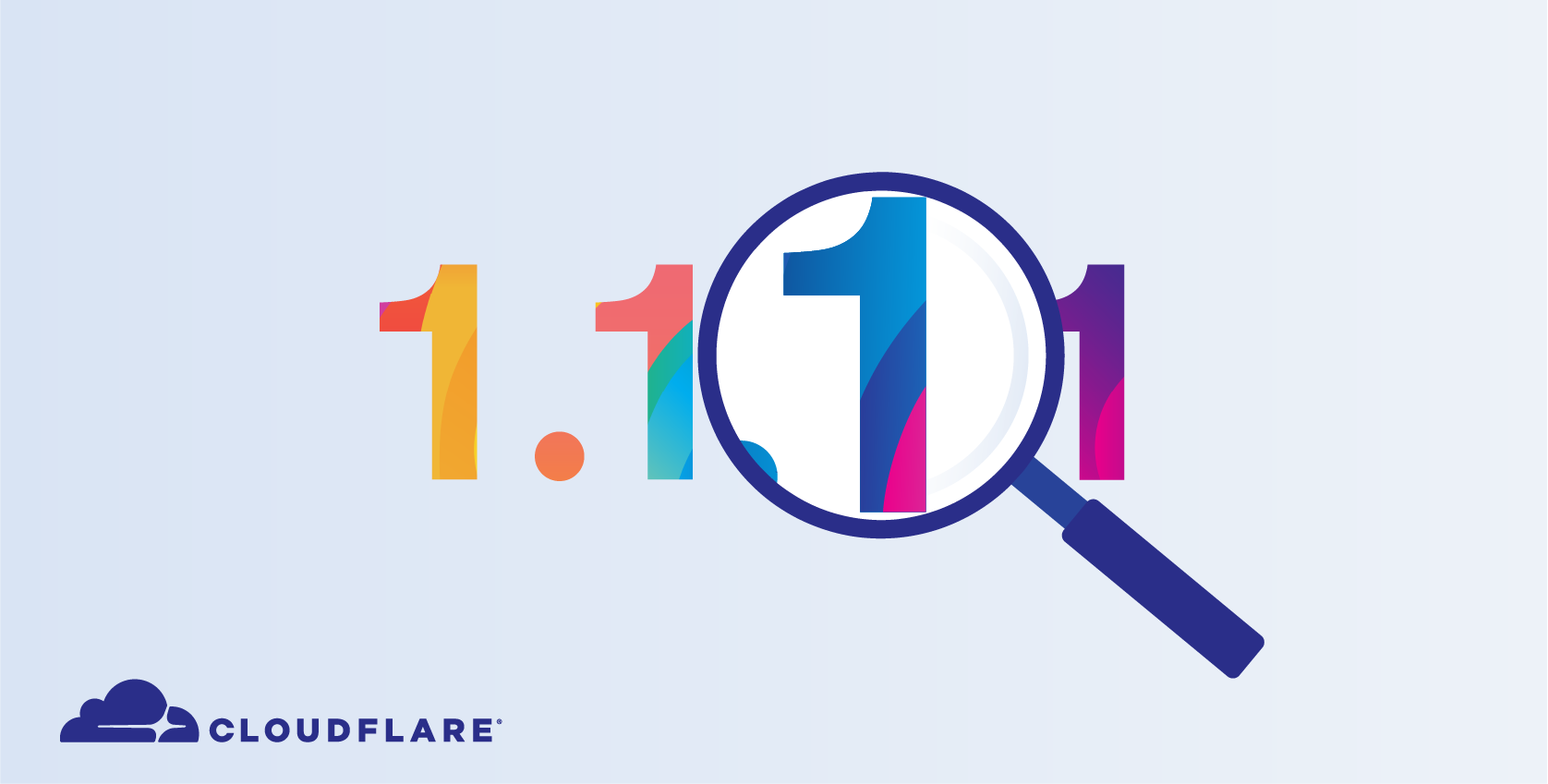
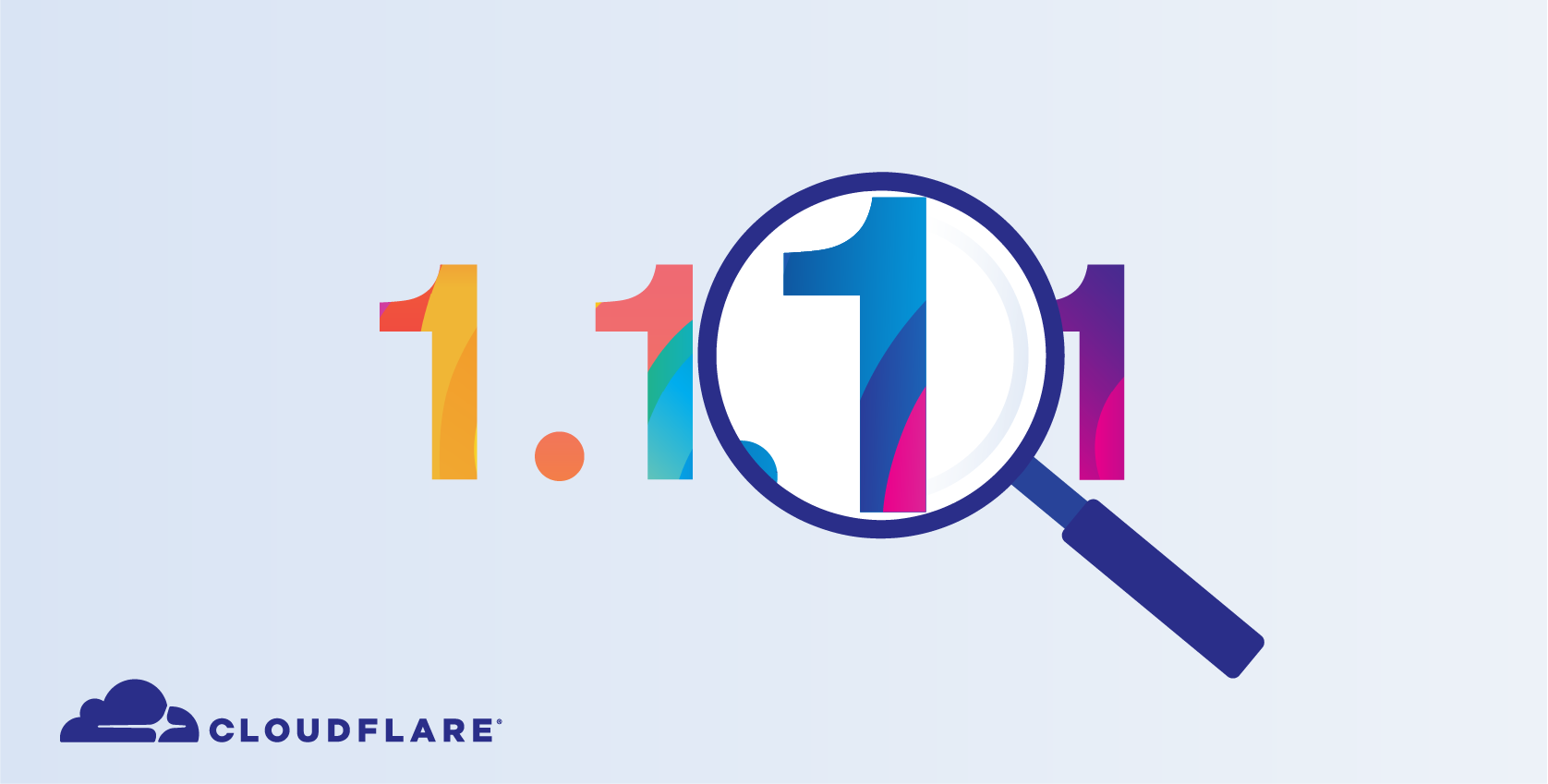
On April 1, 2018, we took a big step toward improving Internet privacy and security with the launch of the 1.1.1.1 public DNS resolver — the Internet's fastest, privacy-first public DNS resolver. And we really meant privacy first. We were not satisfied with the status quo and believed that secure DNS resolution with transparent privacy practices should be the new normal. So we committed to our public resolver users that we would not retain any personal data about requests made using our 1.1.1.1 resolver. We also built in technical measures to facilitate DNS over HTTPS to help keep your DNS queries secure. We’ve never wanted to know what individuals do on the Internet, and we took technical steps to ensure we can’t know.
We knew there would be skeptics. Many consumers believe that if they aren’t paying for a product, then they are the product. We don’t believe that has to be the case. So we committed to retaining a Big 4 accounting firm to perform an examination of our 1.1.1.1 resolver privacy commitments.
Today we’re excited to announce that the 1.1.1.1 resolver examination has been completed Continue reading
Introducing Quicksilver: Configuration Distribution at Internet Scale
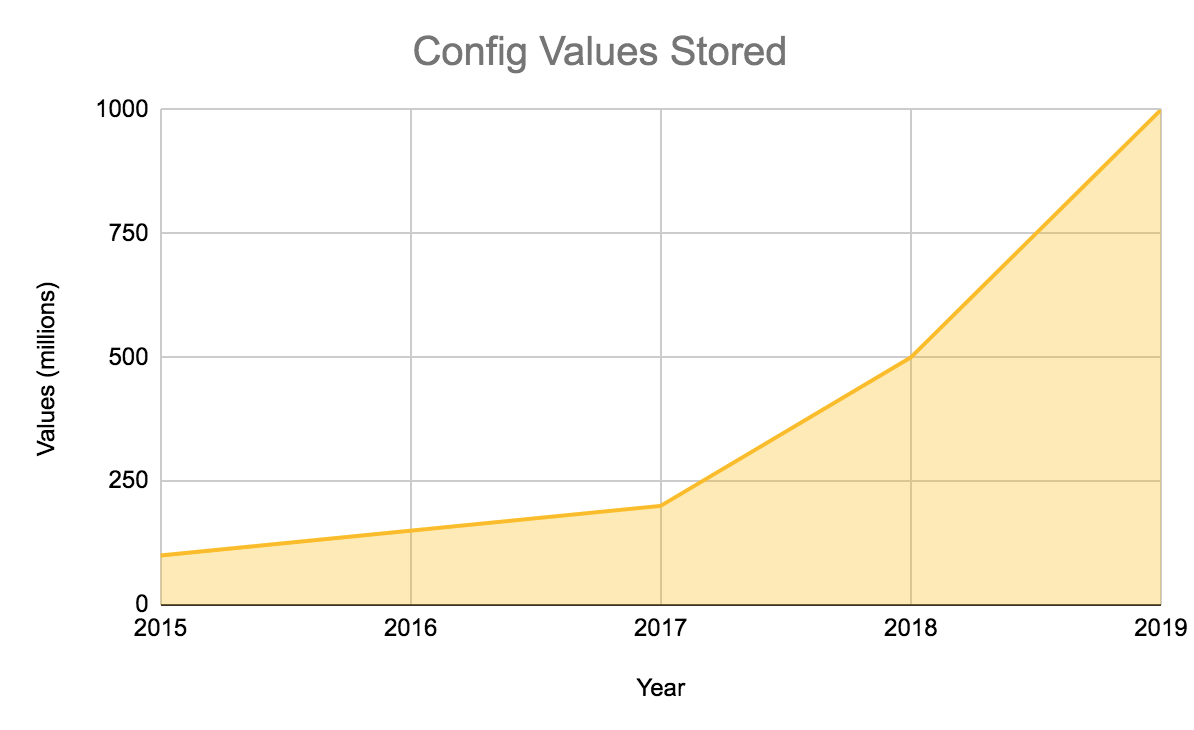
Cloudflare’s network processes more than fourteen million HTTP requests per second at peak for Internet users around the world. We spend a lot of time thinking about the tools we use to make those requests faster and more secure, but a secret-sauce which makes all of this possible is how we distribute configuration globally. Every time a user makes a change to their DNS, adds a Worker, or makes any of hundreds of other changes to their configuration, we distribute that change to 200 cities in 90 countries where we operate hardware. And we do that within seconds. The system that does this needs to not only be fast, but also impeccably reliable: more than 26 million Internet properties are depending on it. It also has had to scale dramatically as Cloudflare has grown over the past decade.
Historically, we built this system on top of the Kyoto Tycoon (KT) datastore. In the early days, it served us incredibly well. We contributed support for encrypted replication and wrote a foreign data wrapper for PostgreSQL. However, what worked for the first 25 cities was starting to show its age as we passed 100. In the summer of 2015 we decided to Continue reading
Dogfooding from Home: How Cloudflare Built our Cloud VPN Replacement


It’s never been more crucial to help remote workforces stay fully operational — for the sake of countless individuals, businesses, and the economy at large. In light of this, Cloudflare recently launched a program that offers our Cloudflare for Teams suite for free to any company, of any size, through September 1. Some of these firms have been curious about how Cloudflare itself uses these tools.
Here’s how Cloudflare’s next-generation VPN alternative, Cloudflare Access, came to be.
Rewind to 2015. Back then, as with many other companies, all of Cloudflare’s internally-hosted applications were reached via a hardware-based VPN. When one of our on-call engineers received a notification (usually on their phone), they would fire up a clunky client on their laptop, connect to the VPN, and log on to Grafana.
It felt a bit like solving a combination lock with a fire alarm blaring overhead.

But for three of our engineers enough was enough. Why was a cloud network security company relying on clunky on-premise hardware?
And thus, Cloudflare Access was born.
A Culture of Dogfooding
Many of the products Cloudflare builds are a direct result of the challenges our own team is looking to address, and Access is a Continue reading
Migrating from VPN to Access

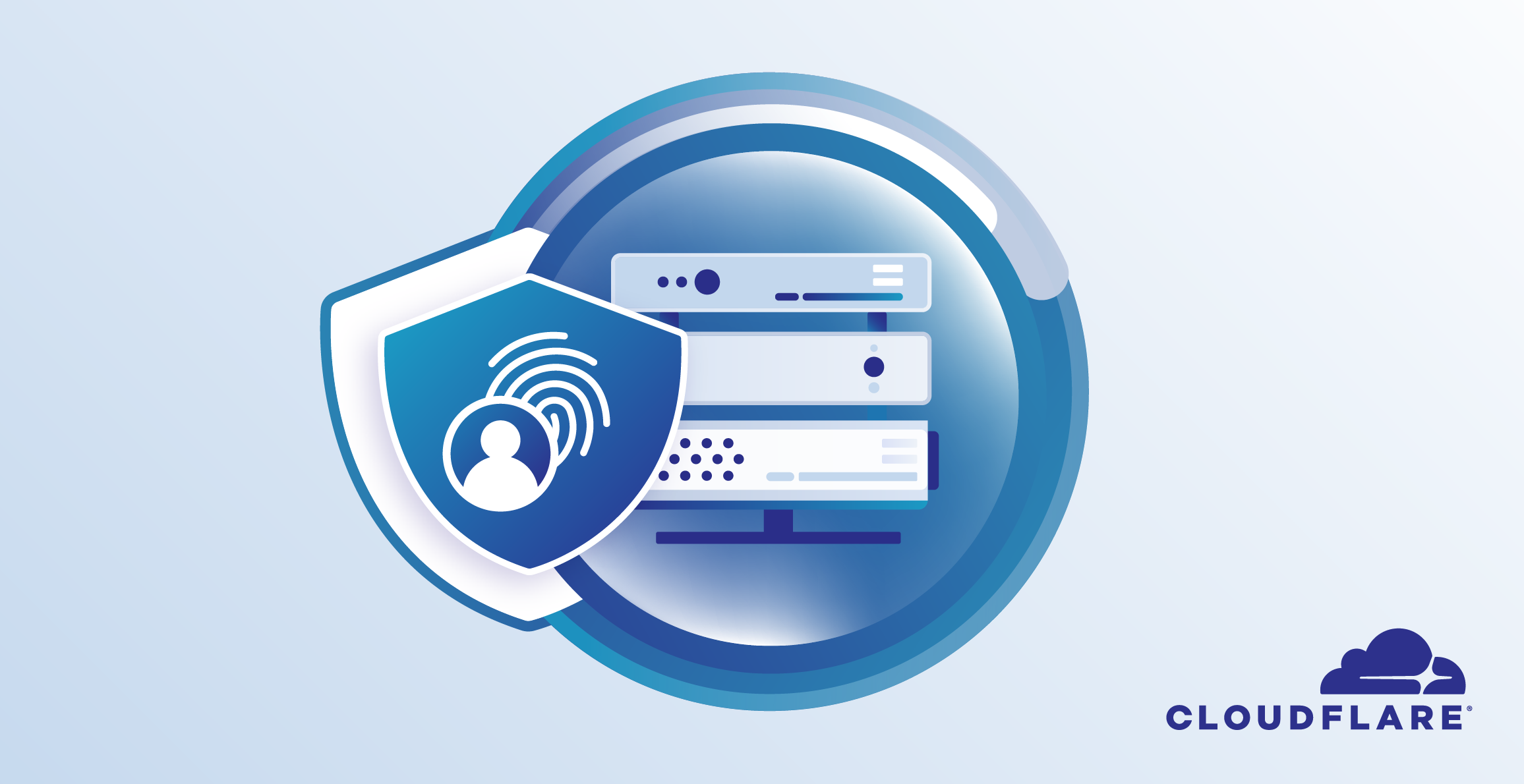
With so many people at Cloudflare now working remotely, it's worth stepping back and looking at the systems we use to get work done and how we protect them. Over the years we've migrated from a traditional "put it behind the VPN!" company to a modern zero-trust architecture. Cloudflare hasn’t completed its journey yet, but we're pretty darn close. Our general strategy: protect every internal app we can with Access (our zero-trust access proxy), and simultaneously beef up our VPN’s security with Spectrum (a product allowing the proxying of arbitrary TCP and UDP traffic, protecting it from DDoS).
Before Access, we had many services behind VPN (Cisco ASA running AnyConnect) to enforce strict authentication and authorization. But VPN always felt clunky: it's difficult to set up, maintain (securely), and scale on the server side. Each new employee we onboarded needed to learn how to configure their client. But migration takes time and involves many different teams. While we migrated services one by one, we focused on the high priority services first and worked our way down. Until the last service is moved to Access, we still maintain our VPN, keeping it protected with Spectrum.
Some of our services didn't Continue reading
Using Cloudflare to secure your cardholder data environment
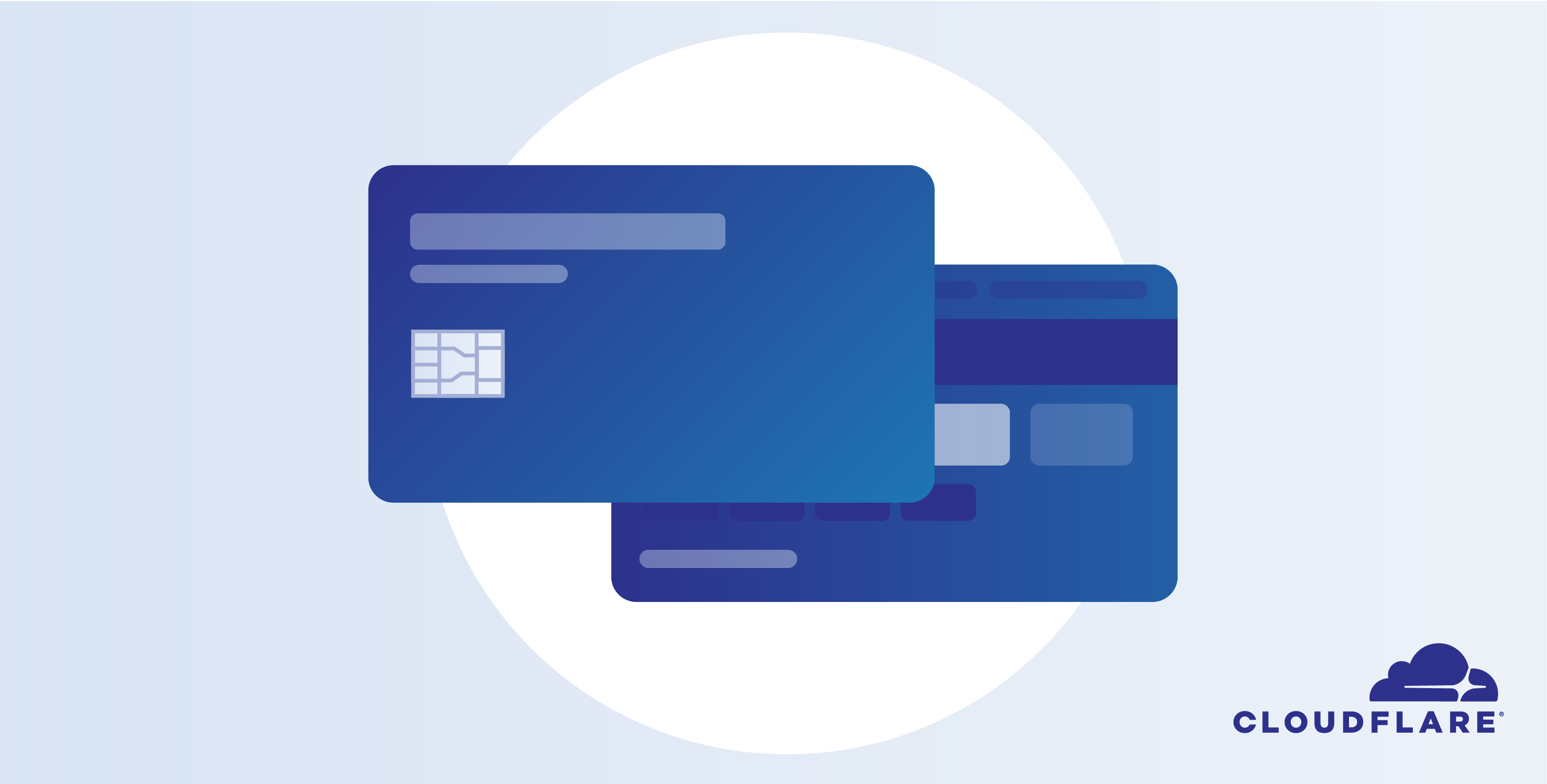
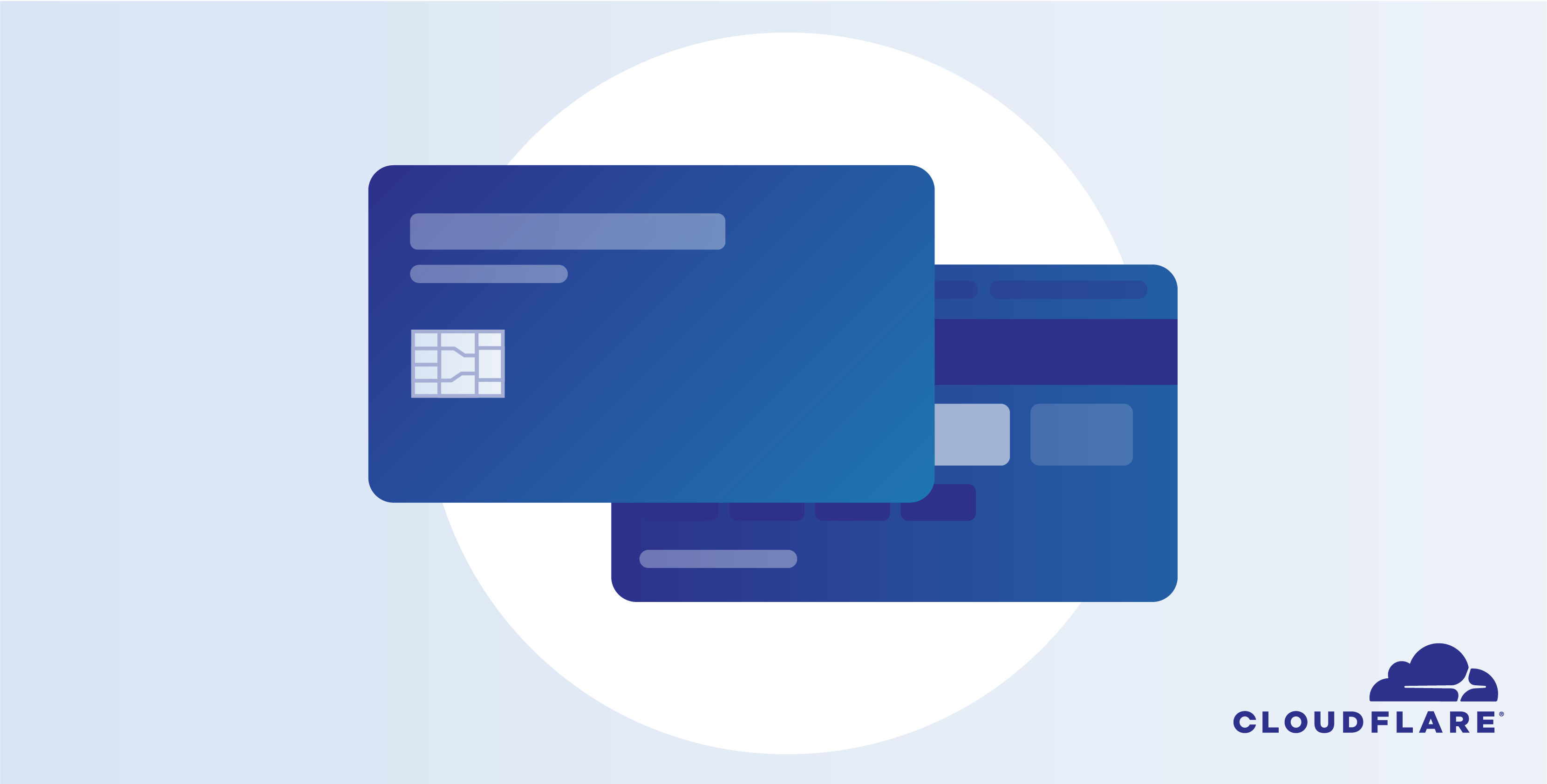
As part of our ongoing compliance efforts Cloudflare’s PCI scope is reviewed quarterly and after any significant changes to ensure all in-scope systems are operating in accordance with the PCI DSS. This review also allows us to periodically review each product we offer as a PCI validated service provider and identify where there might be opportunities to provide greater value to our customers.
With our customers in mind, we completed our latest assessment and have increased our PCI certified product offering!
Building trust in our products is one critical component that allows Cloudflare’s mission of “Building a Better Internet” to succeed. We reaffirm our dedication to building trust in our products by obtaining industry standard security compliance certifications and complying with regulations.
Cloudflare is a Level 1 Merchant, the highest level, and also provides services to organizations to help secure their cardholder data environment. Maintaining PCI DSS compliance is important for Cloudflare because (1) we must ensure that our transmission and processing of cardholder data is secure for our own customers, (2) that our customers know they can trust Cloudflare’s products to transmit cardholder data securely, and (3) that anyone who interacts with Cloudflare’s services know that their information is Continue reading
Migrating to React land: Gatsby


I am an engineer that loves docs. Well, OK, I don’t love all docs but I believe docs are a crucial, yet often neglected element to a great developer experience. I work on the developer experience team for Cloudflare Workers focusing on several components of Workers, particularly on the docs that we recently migrated to Gatsby.
? We’ve moved the Cloudflare Workers docs to @gatsbyjs
— Cloudflare Developers (@CloudflareDev) March 4, 2020
The new documentation is...
?♀️ faster
⭐️ more accessible
? a perfect foundation for the redesign later this year
?️ open-source
shout out to @exvuma for this incredible work ??https://t.co/k3huvCvash pic.twitter.com/MBWxVtlrin
Through porting our documentation site to Gatsby I learned a lot. In this post, I share some of the learnings that could’ve saved my former self from several headaches. This will hopefully help others considering a move to Gatsby or another static site generator.
Why Gatsby?
Prior to our migration to Gatsby, we used Hugo for our developer documentation. There are a lot of positives about working with Hugo - fast build times, fast load times - that made building a simple static site a great use case for Hugo. Things started to Continue reading
Speeding up Linux disk encryption
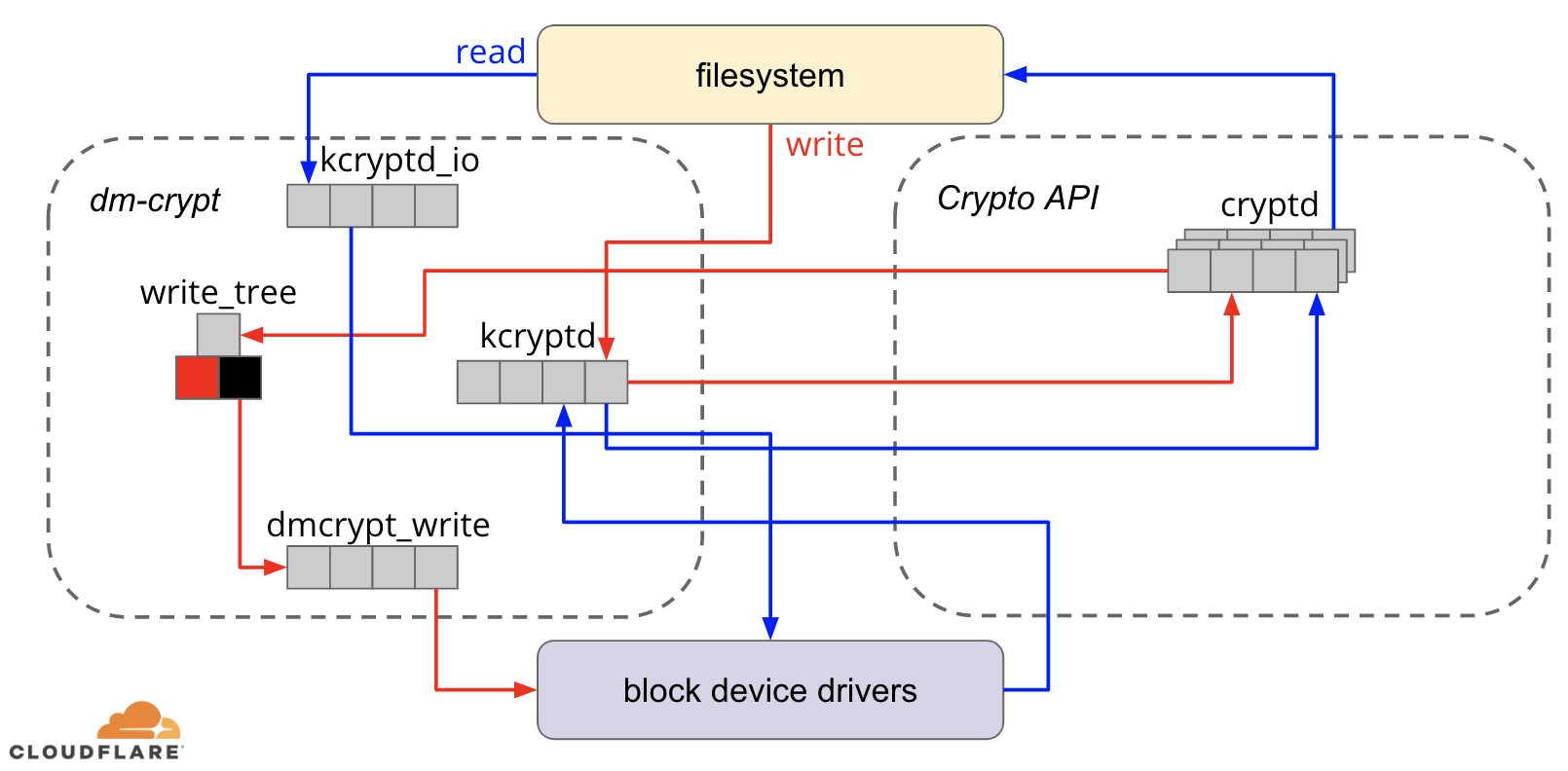
Data encryption at rest is a must-have for any modern Internet company. Many companies, however, don't encrypt their disks, because they fear the potential performance penalty caused by encryption overhead.
Encrypting data at rest is vital for Cloudflare with more than 200 data centres across the world. In this post, we will investigate the performance of disk encryption on Linux and explain how we made it at least two times faster for ourselves and our customers!
Encrypting data at rest
When it comes to encrypting data at rest there are several ways it can be implemented on a modern operating system (OS). Available techniques are tightly coupled with a typical OS storage stack. A simplified version of the storage stack and encryption solutions can be found on the diagram below:

On the top of the stack are applications, which read and write data in files (or streams). The file system in the OS kernel keeps track of which blocks of the underlying block device belong to which files and translates these file reads and writes into block reads and writes, however the hardware specifics of the underlying storage device is abstracted away from the filesystem. Finally, the block subsystem actually Continue reading
The Bandwidth Alliance Charges Forward with New Partners – Alibaba, Zenlayer, and Cherry Servers
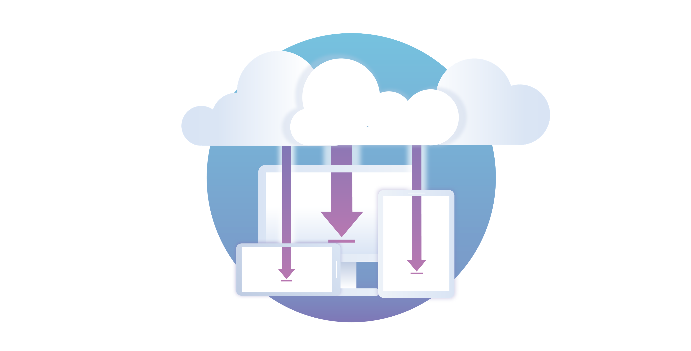
We started the Bandwidth Alliance in 2018 with a group of like-minded cloud and networking partners. Our common goal was to help our mutual customers reduce or eliminate data transfer charges, sometimes known as "bandwidth” or “egress” fees, between the cloud and the consumer. By reducing or eliminating these costs, our customers can more easily choose a best of breed set of solutions because they don’t have to worry about data charges from moving workloads between vendors, and thereby becoming locked-in to a single provider for all their needs. Today we’re announcing an important milestone: the addition of Alibaba, Zenlayer, and Cherry Servers to the Bandwidth Alliance, expanding it to a total of 20 partners. These partners offer our customers a wide choice of cloud services and products each suited to different needs.
In addition, we are working with our existing partners including Microsoft Azure, Digital Ocean and several others to onboard customers and provide them the benefits of the Bandwidth Alliance. Contact us at [email protected] if you are interested.
Customer savings
Over the past year we have seen several customers take advantage of the Bandwidth Alliance and wanted to highlight two examples.
Nodecraft, which Continue reading
Why We Started Putting Unpopular Assets in Memory
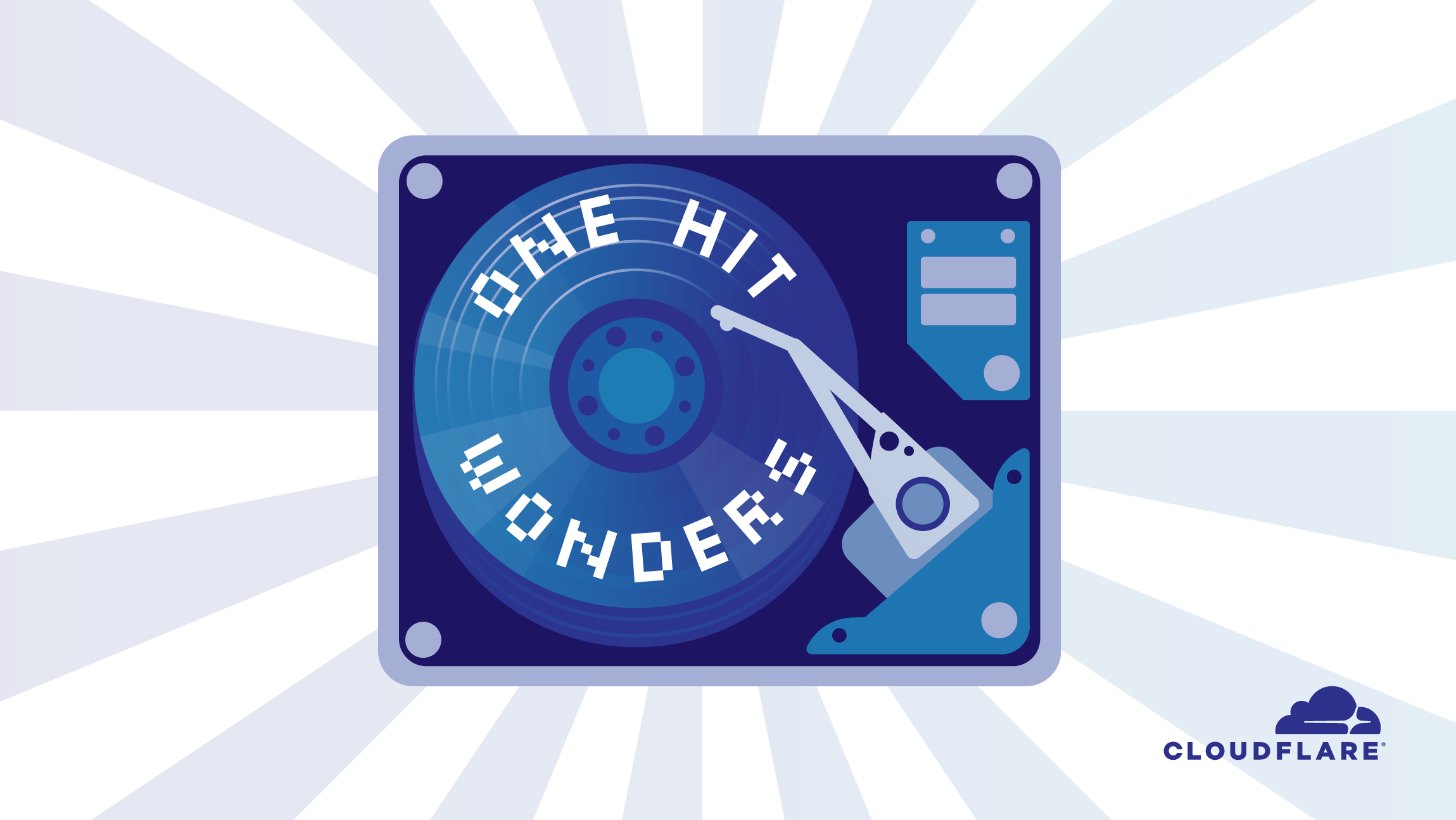

Part of Cloudflare's service is a CDN that makes millions of Internet properties faster and more reliable by caching web assets closer to browsers and end users.
We make improvements to our infrastructure to make end-user experiences faster, more secure, and more reliable all the time. Here’s a case study of one such engineering effort where something counterintuitive turned out to be the right approach.
Our storage layer, which serves millions of cache hits per second globally, is powered by high IOPS NVMe SSDs.
Although SSDs are fast and reliable, cache hit tail latency within our system is dominated by the IO capacity of our SSDs. Moreover, because flash memory chips wear out, a non-negligible portion of our operational cost, including the cost of new devices, shipment, labor and downtime, is spent on replacing dead SSDs.
Recently, we developed a technology that reduces our hit tail latency and reduces the wear out of SSDs. This technology is a memory-SSD hybrid storage system that puts unpopular assets in memory.
The end result: cache hits from our infrastructure are now faster for all customers.
You may have thought that was a Continue reading
Deploying security.txt: how Cloudflare’s security team builds on Workers
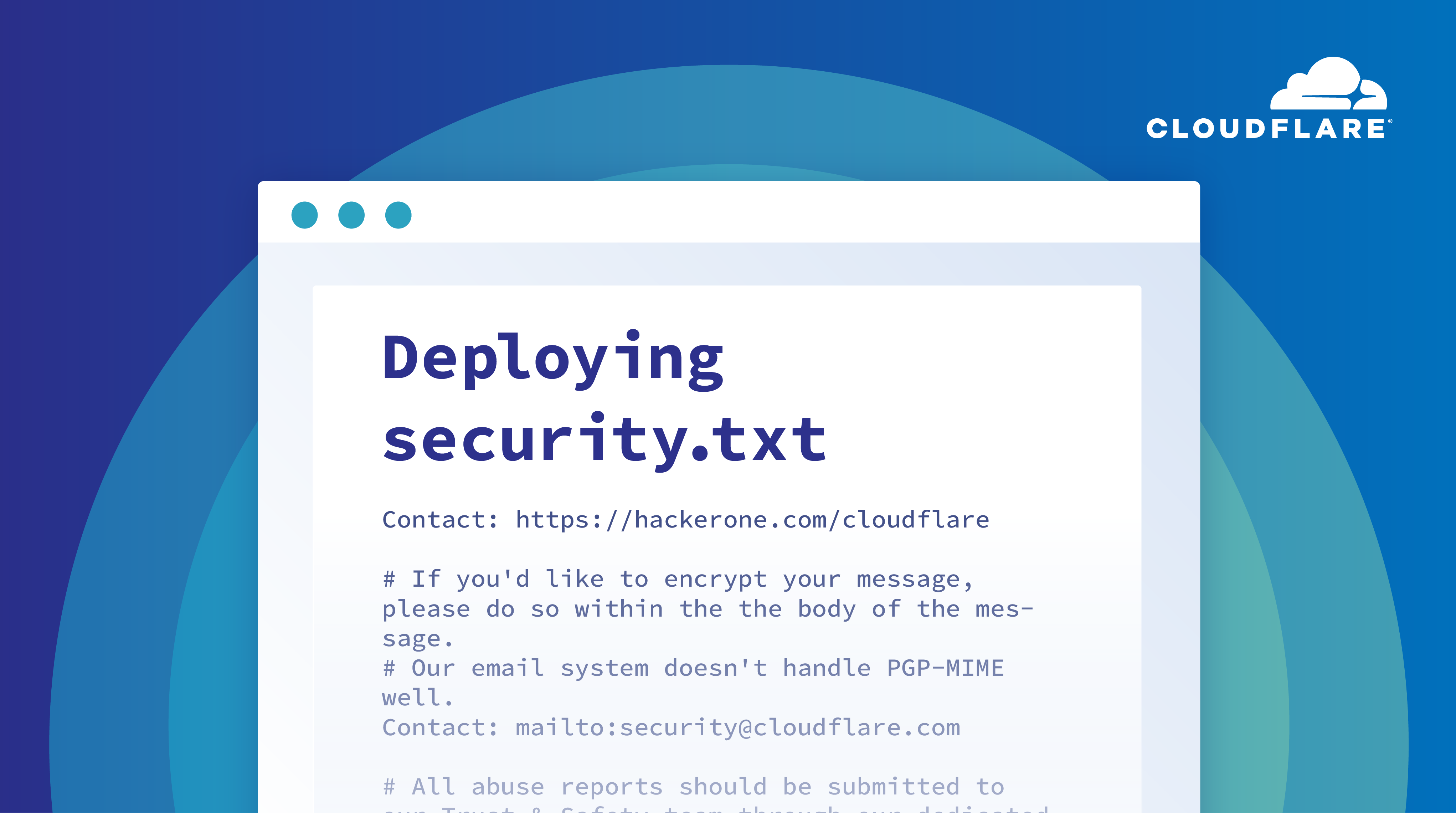
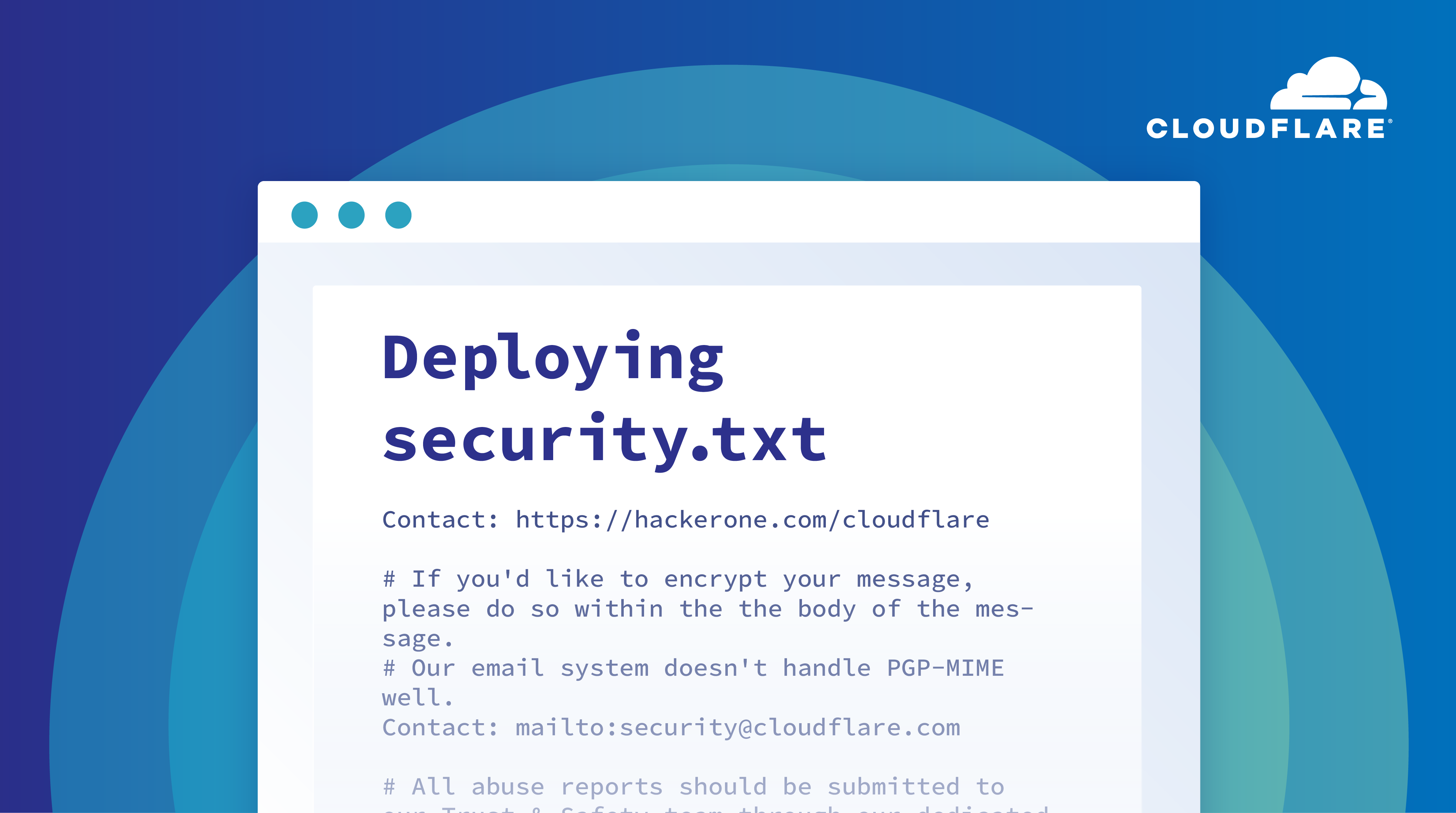
When the security team at Cloudflare takes on new projects, we approach them with the goal of achieving the “builder first mindset” whereby we design, develop, and deploy solutions just as any standard engineering team would. Additionally, we aim to dogfood our products wherever possible. Cloudflare as a security platform offers a lot of functionality that is vitally important to us, including, but not limited to, our WAF, Workers platform, and Cloudflare Access. We get a lot of value out of using Cloudflare to secure Cloudflare. Not only does this allow us to test the security of our products; it provides us an avenue of direct feedback to help improve the roadmaps for engineering projects.
One specific product that we get a lot of use out of is our serverless platform, Cloudflare Workers. With it, we can have incredible flexibility in the types of applications that we are able to build and deploy to our edge. An added bonus here is that our team does not have to manage a single server that our code runs on.
Today, we’re launching support for the security.txt initiative through Workers to help give security researchers a common location to learn about how Continue reading
Adding the Fallback Pool to the Load Balancing UI and other significant UI enhancements
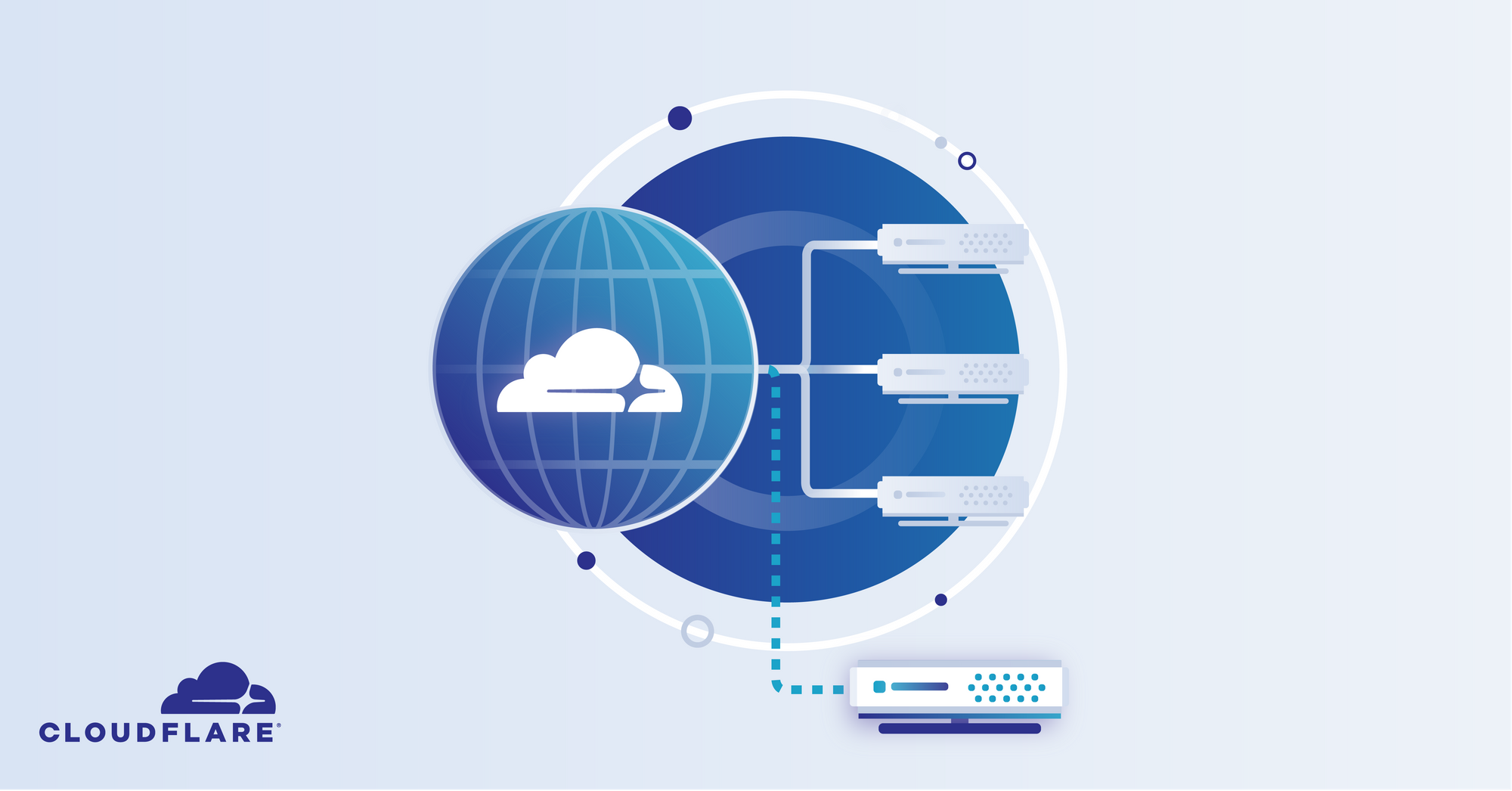
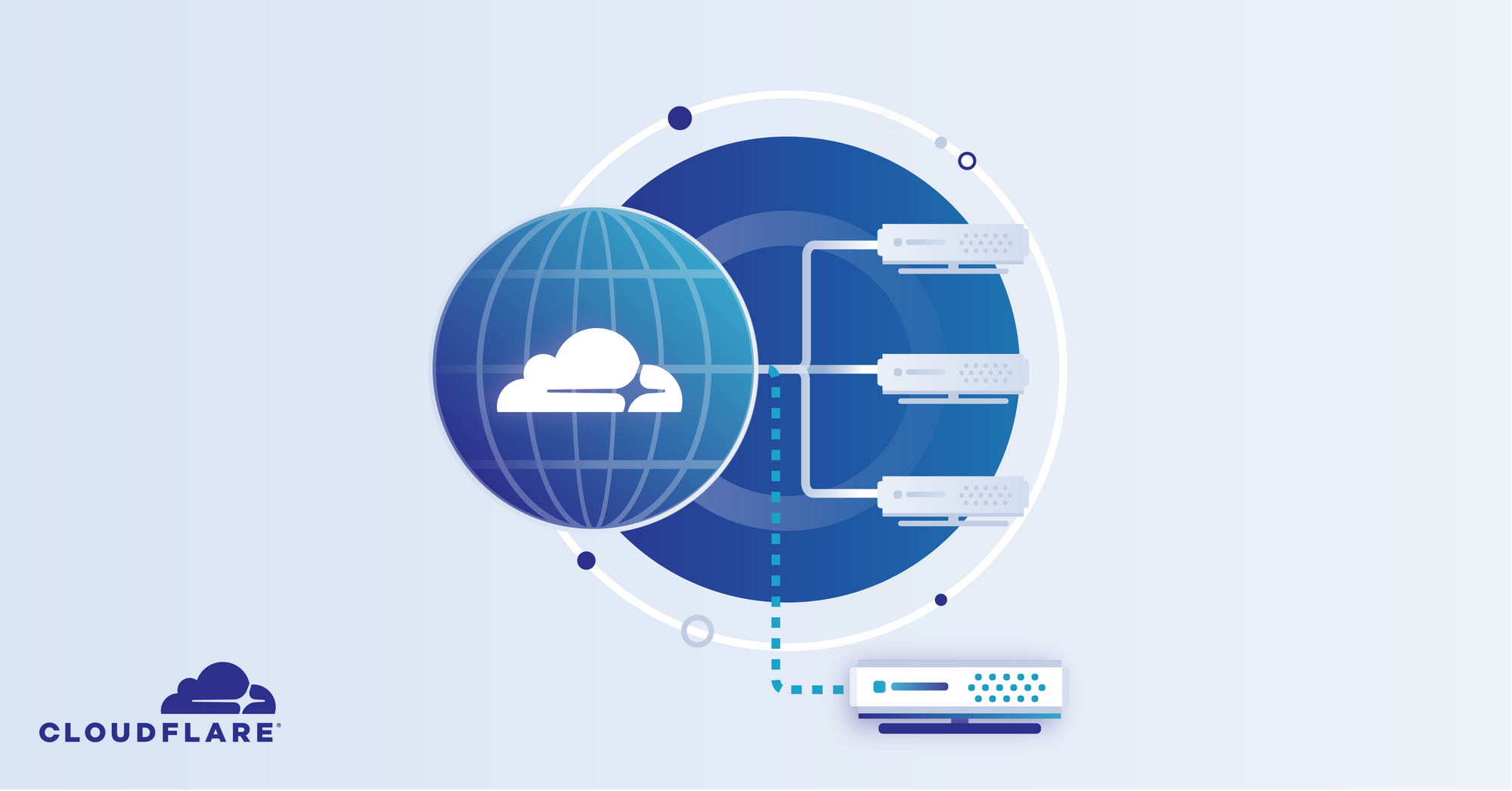
The Cloudflare Load Balancer was introduced over three years ago to provide our customers with a powerful, easy to use tool to intelligently route traffic to their origins across the world. During the initial design process, one of the questions we had to answer was ‘where do we send traffic if all pools are down?’ We did not think it made sense just to drop the traffic, so we used the concept of a ‘fallback pool’ to send traffic to a ‘pool of last resort’ in the case that no pools were detected as available. While this may still result in an error, it gave an eyeball request a chance at being served successfully in case the pool was still up.
As a brief reminder, a load balancer helps route traffic across your origin servers to ensure your overall infrastructure stays healthy and available. Load Balancers are made up of pools, which can be thought of as collections of servers in a particular location.
Over the past three years, we’ve made many updates to the dashboard. The new designs now support the fallback pool addition to the dashboard UI. The use of a fallback pool is incredibly helpful in Continue reading
The Serverlist: Workers Secrets, Serverless Supremacy, and more!
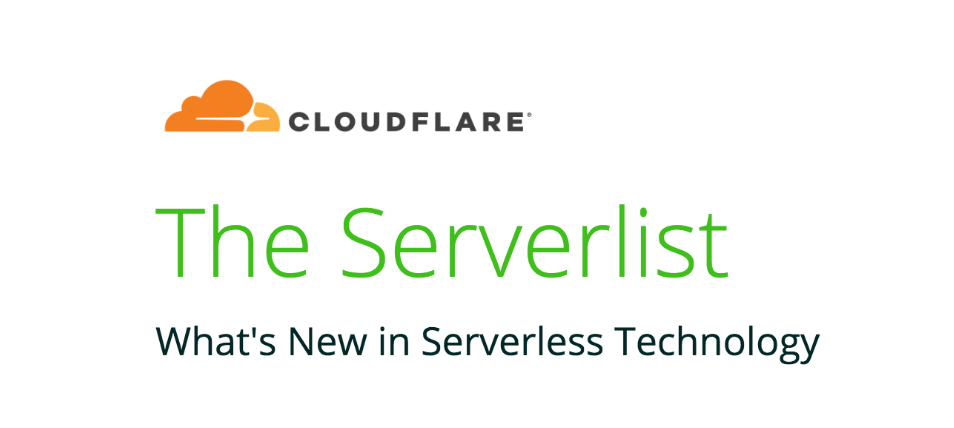
Check out our thirteenth edition of The Serverlist below. Get the latest scoop on the serverless space, get your hands dirty with new developer tutorials, engage in conversations with other serverless developers, and find upcoming meetups and conferences to attend.
Sign up below to have The Serverlist sent directly to your mailbox.
Remote Work Isn’t Just Video Conferencing: How We Built CloudflareTV


At Cloudflare, we produce all types of video content, ranging from recordings of our Weekly All-Hands to product demos. Being able to stream video on demand has two major advantages when compared to live video:
- It encourages asynchronous communication within the organization
- It extends the life time value of the shared knowledge
Historically, we haven’t had a central, secure repository of all video content that could be easily accessed from the browser. Various teams choose their own platform to share the content. If I wanted to find a recording of a product demo, for example, I’d need to search Google Drive, Gmail and Google Chat with creative keywords. Very often, I would need to reach out to individual teams to finally locate the content.
So we decided we wanted to build CloudflareTV, an internal Netflix-like application that can only be accessed by Cloudflare employees and has all of our videos neatly organized and immediately watchable from the browser.
We wanted to achieve the following when building CloudflareTV:
- Security: make sure the videos are access controlled and not publicly accessible
- Authentication: ensure the application can only be accessed by Cloudflare employees
- Tagging: allow the videos to be categorized so they can Continue reading
Using Cloudflare Gateway to Stay Productive (and turn off distractions) While Working Remotely
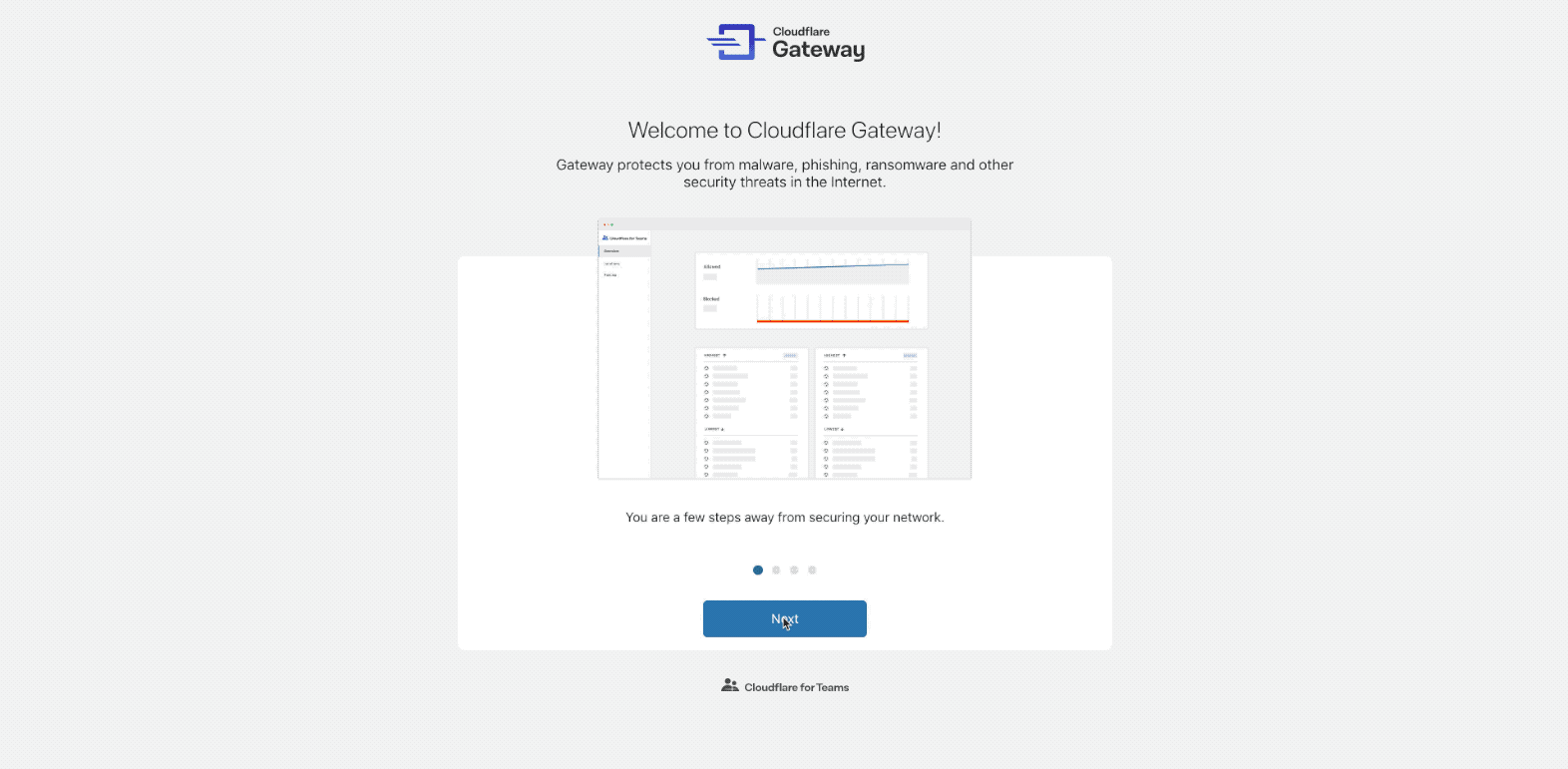
This week, like many of you reading this article, I am working from home. I don’t know about you, but I’ve found it hard to stay focused when the Internet is full of news related to the coronavirus.
CNN. Twitter. Fox News. It doesn’t matter where you look, everyone is vying for your attention. It’s totally riveting…
… and it’s really hard not to get distracted.
It got me annoyed enough that I decided to do something about it. Using Cloudflare’s new product, Cloudflare Gateway, I removed all the online distractions I normally get snared by — at least during working hours.
This blog post isn’t very long, but that’s a function of how easy it is to get Gateway up and running!
Getting Started
To get started, you’ll want to set up Gateway under your Cloudflare account. Head to the Cloudflare for Teams dashboard to set it up for free (if you don’t already have a Cloudflare account, hit the ‘Sign up’ button beneath the login form).
If you are using Gateway for the first time, the dashboard will take you through an onboarding experience:

The onboarding flow will help you set up your first location. A location is Continue reading
Keepalives considered harmful

This may sound like a weird title, but hear me out. You’d think keepalives would always be helpful, but turns out reality isn’t always what you expect it to be. It really helps if you read Why does one NGINX worker take all the load? first. This post is an adaptation of a rather old post on Cloudflare’s internal blog, so not all details are exactly as they are in production today but the lessons are still valid.
This is a story about how we were seeing some complaints about sporadic latency spikes, made some unconventional changes, and were able to slash the 99.9th latency percentile by 4x!
Request flow on Cloudflare edge
I'm going to focus only on two parts of our edge stack: FL and SSL.
- FL accepts plain HTTP connections and does the main request logic, including our WAF
- SSL terminates SSL and passes connections to FL over local Unix socket:
Here’s a diagram:
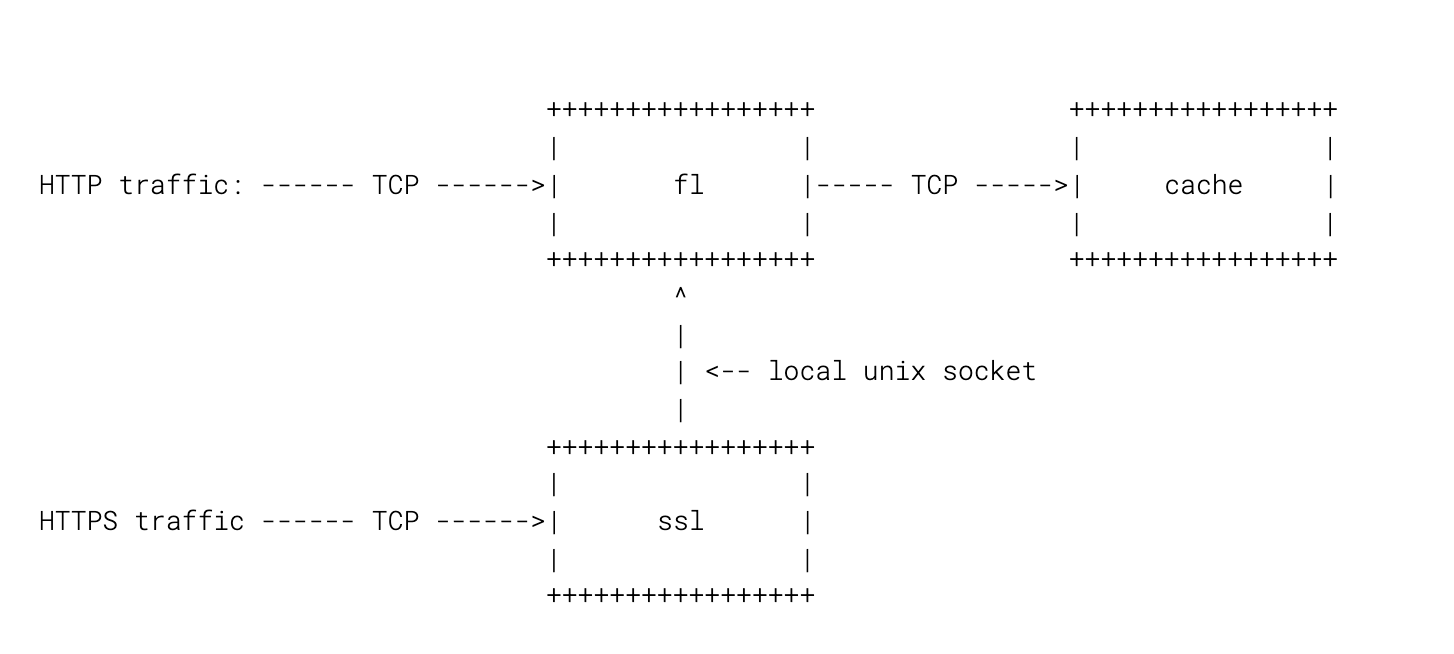
These days we route all traffic through SSL for simplicity, but in the grand scheme of things it’s not going to matter much.
Each of these processes is not itself a single process, but rather a master process and a collection of Continue reading